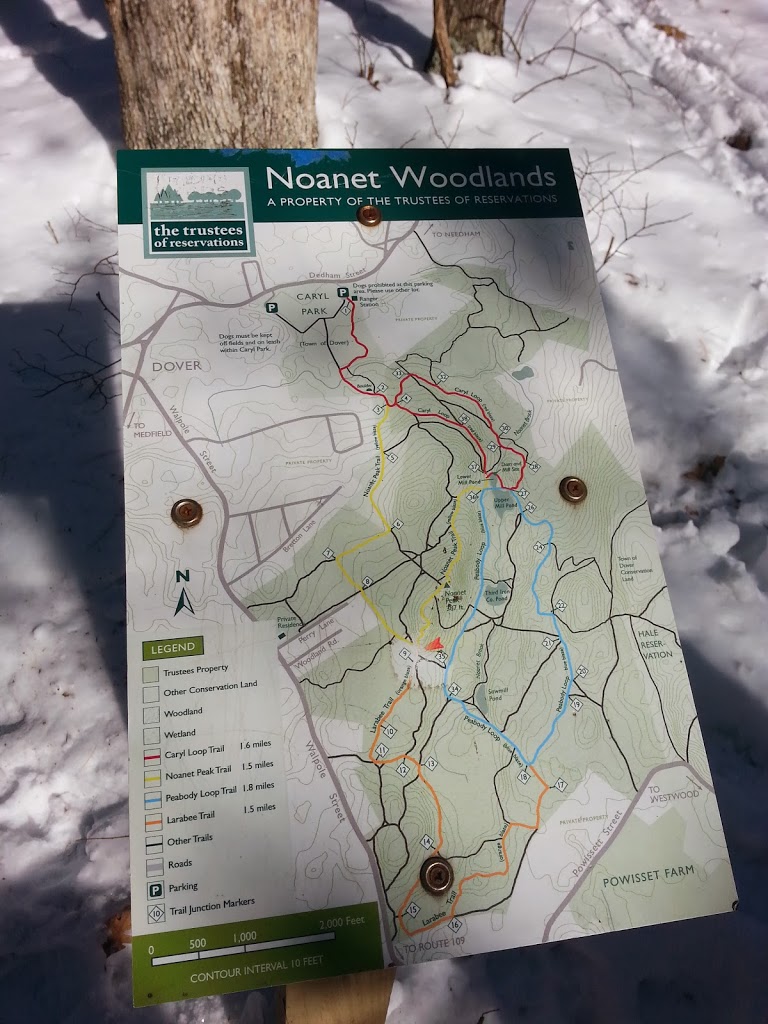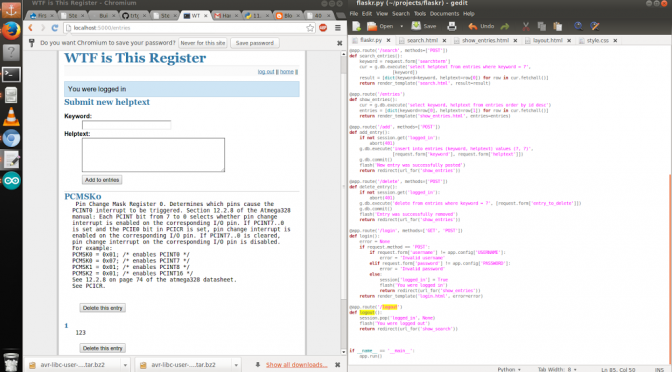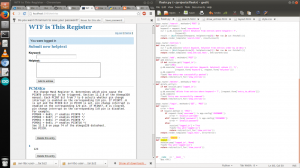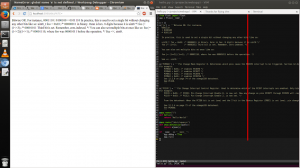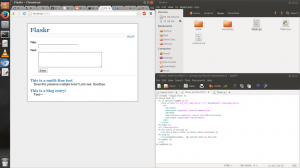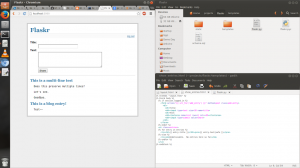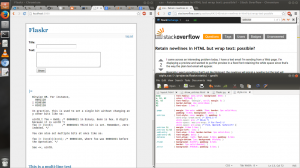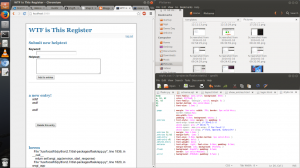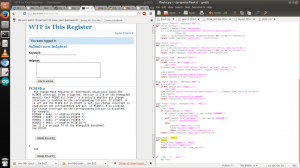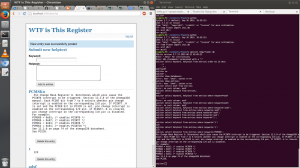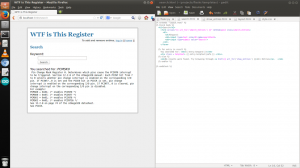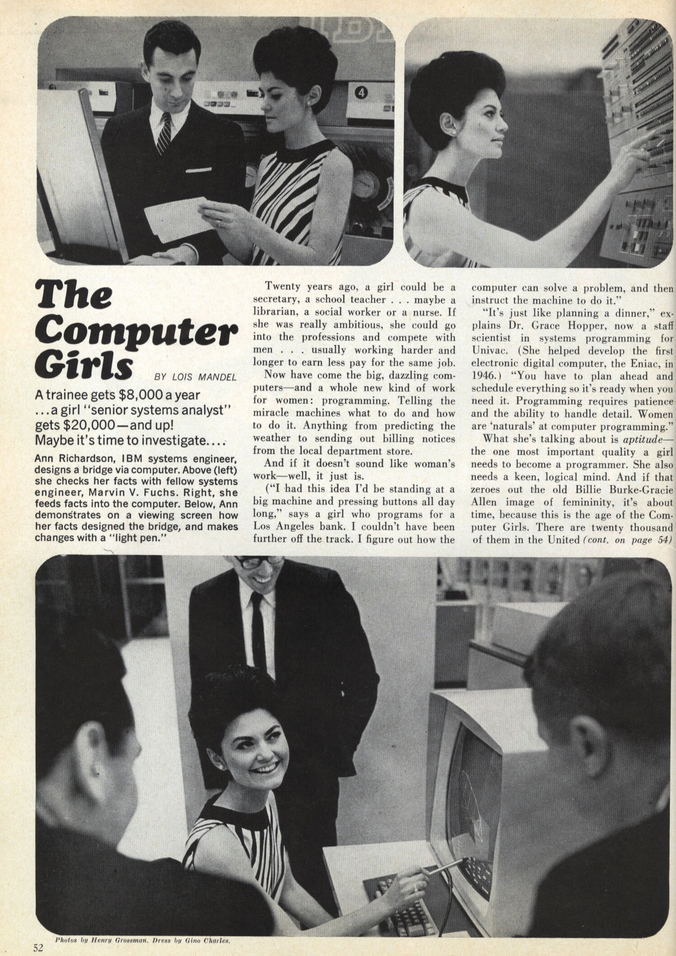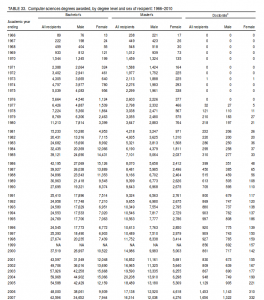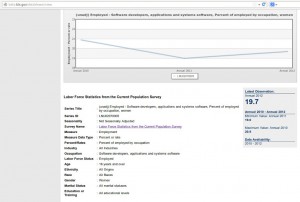 |
| Grayson Highlands State Park, aka PONIES |
Out of the blue one day a few weeks ago, my friend Judy asked me if I wanted to backpack a week-long section of the Appalachian Trail with her in late May.
I didn’t grow up doing sports, exercise, or any sort of physical activity, let alone outdoors activities. Only with a more varied social circle in college (and in particular with more time and money post-undergrad) have I started to take more interest in outdoors activities or physical exercise at all.
Our current preferred choice is to hike SOBO (southbound) from Atkins to Damascus at a leisurely place, taking time to enjoy the PONIES. 😀
http://www.whiteblaze.net/forum/archive/index.php/t-39258.html
We hiked Southbound from Atkins to Damsacus (75 Miles) and it seemed to have some level and gradual climbing. We did it in 5 days but you could make it six days the Grayson Highlands are great.
One piece of advice is as you approach Grayson Highlands Park and the area around Mt. Rogers, I’d pack an extra day’s worth of food, as this is a place you’ll won’t want to hurry thru, and may well want to slow down, and maybe even take a full day off. “Zero” days on the Trail can be better than days off in town, but very few folks ever do this, partly because they haven’t brought along enough provisions.
I learned from experience that it’s far preferable to shuttle to your starting point and get back when you get back, than to hike to a prearranged shuttle at a set time and have to worry about making it on time for your whole hike.
In any case, we are starting several months ahead of time because of our lack of experience with backpacking. Areas of preparation include food, gear, physical fitness, and backpacking experience.
My initial plan was to climb the porter square T stop stairs (before the pay entrance) every day, since it only takes around 45 minutes including walking there and back from my house (because I can only climb 15 minutes of stairs).
 |
| picture proof I sent to Judy, who lives in NY |
The stairs are really narrow so it’s a good thing I’m the only one doing this. However, this plan fell through, as most of my plans tend to do, in part because I have been feeling crunched for time between NarwhalEdu‘s contract work and our kickstarter work. The new plan is to resume when we finish our MIT Office of Digital Learning contract work, probably in mid-February. It’s interesting. I never found much point in exercising even though it’s definitively good for you, but I find the idea of exercise a lot less tedious and more interesting when there’s a goal I am seriously interested in in mind (spending time on an adventure with a great friend).
In the meantime, on the weekends, to help convince myself to exercise, I have been participating in MIT Outdoors Club (MITOC) winter school (open MIT students, affiliates, alums, and the general community). “Participating,” since for various reasons this past weekend was my first winter hike to Noanet Woods in Dover, MA (about 40 minutes drive from MIT).
Note: In case they send out the email with links four hours after sign-ups open again next year and screw over newcomers on the first weekend trips, go to http://web.mit.edu/mitoc/www/#join_trip to sign up for a trip. Trips fill up fast so be sure to sign up exactly Wednesday at noon. Getting off the waitlist is possible if you’re high up, so you can try showing up to the pre-trip meeting even if you are waitlisted.
 |
| we are super over-prepared, since it is a learning exercise for winter school beginners and due to winter school safety guidelines |
I chose the easiest hike possible, since I know I’m not really in shape despite biking on average 30 minutes a day (I bike slowly), and I don’t have experience hiking, so I don’t know if 7 miles is too much for me or not. I don’t want to drag my group down.
I still prepared for this hike quite a bit, which helped make it a mostly comfortable and enjoyable experience instead of one where I was freezing my extremities off. Biking in sub-zero weather forced me realize I need to invest in proper winter clothing too.
Over the last few weeks,
- I bought Neff Women’s Digger Gloves (black) off of SteepandCheap, since I thought they were skiing gloves that they would be fine. They were such fail I returned them. Maybe they require liners underneath for people with cold hands like me :/
- I went to Harbor Freight in Medford, MA and discovered Ocean State Job Lot next to it, where I bought lots of non-cotton items: liner socks for $2.50, wool blend tall socks and boot padding socks for $3 to $5 each, a pair of thinsulate 40g gloves for $5, and fleece leggings for $5
- I went to Target in Somerville, MA and discovered CWPrice, where I bought a base layer (pants+shirt) for $10
- I dug out my orange sweater and grandma’s windbreaker (:/ she passed away a few years ago)
- I learned from Cappie to tie cloth or a scarf around my nose and mouth to keep my face warm. This tactic does tend to fog up my glasses. I need to remember to wear contacts, although I’ve gotten better about breathing with my mouth in overbite formation so that the hot air is redirected through the bottom
- Jordan from MITERS lent me a pair of thick Bonfire gloves that seem to be on par or slightly warmer than my thinsulate gloves. He found them lying around for months so he gave them to me for free.
- Bought a magnesium fire starter at harbor freight, and a compass and whistle from MITOC
Now, my everyday wear is:
- 3 leg layers, 3 top layers, 2 layers of socks, a hat, a scarf, and the thinsulate gloves
On the hike in around 20F I wore
- 3 leg layers (leggings, base layer, and jeans, because I didn’t have thick / wind or water-proof non-cotton shell layer. I notified my trip leaders and they brought polyester hiking pants, but I stuck with the jeans because it wasn’t precipitating and my legs felt warm just standing outside)
- 3 body layers (base layer, my awesomely warm patagonia jacket, and a windbreaker) — no poofy layer was needed
- Two socks
- Rain boots with liners (winter hiking boots would have been better, but it is such as hassle to leave a deposit and check in and out equipment, even if the monetary cost is already much better)
My toes were painfully cold for 1/3 of the hike and then suddenly warmed up in such a way that at first I was afraid they’d gone numb. Then they were nice and warm. Perhaps this phenomena was due to cold-induce vasodilation. I wish I didn’t have to deal with painfully cold toes at all though, and I asked some of the other hikers and their toes were warm throughout! I’ve always had problems with cold toes though.
 |
| frozen lake |
 |
| Noanet Peak gave a view of the Boston skyline |
It was an interesting experience, hiking on snowy trails. A lot of normal people passed us, running with their dogs or walking on skis.
 |
|
| pawprints! |
It was a fun group. We joked about “traversing noanet” and “bagging noanet peak” (387 ft) 🙂
I look forward to the next hike. I learned that MITOC Winter School doesn’t teach you first aid, and some of these were covered in lectures that I missed, but I things I want to learn / hands-on:
- use a compass (oops I missed this lecture, ssshhh I am supposed to know it before going on a hike)
- emergency signals
- start a fire in wet conditions
- wilderness first aid
- use a stove
- other TMI things (there was such a great TMI lecture during the second set of mandatory lectures, covering all the female-specific issues) (many things are different in winter — you can’t dig a hole for your poop, for instance, because the ground is frozen)
I want to go on an overnight winter trip too, but they all tend to be for intermediate hikes and up. I suppose there’s next year, and I can first practice with easier spring weekend trips.


